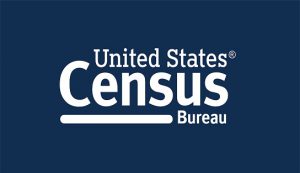Every aspect of life revolves around the act of learning. First, we learn to walk, then we learn to read. Eventually, between the ages of 18 and 34, young adults often choose to take an additional step to further their education.
This visualization,Young Adults and Higher Education, uses 2017 American Community Survey (ACS) data to analyze gender income potential, and how the varying fields of study translate to occupations.
As the visualization shows, the human desire to learn characterizes all genders. In 2017, of all young adults in the United States, 20.9% of women and 16.9% of men had attained a bachelor’s as their highest degree. The visualization also showcases how these statistics can change over time. For example, 2006 saw a total of 17.3% of Women, and 13.5% of Men with a bachelor’s as their highest degree. This equates to a 3.6% and 3.4% total education increase over ten years, for women and men, respectively.
This visualization also provides income comparisons, per state, based on different levels of education completed. As our economy increasingly moves to a knowledge-based one, personal income becomes more tied to education level. In 2017, Washington state young adults that only had a high school diploma earned a median income of $31,431. Those whose highest degree was a bachelor’s earned a median income of $55,871. Those that had any degree above a bachelor’s earned a median income of $76,509. This is a spread of $45,078 between the lowest and highest median incomes by education.
Wages are tied to a certain extent, to specific occupations. The ACS survey tracks thirteen different degree options, ranging from business, engineering, literature and education. Each graduate’s occupation is mapped to a field of study.
For example, of all the degrees, Business was the most common degree type in 2017, accounting for 18.8% of all bachelors awarded. Of all students that held a business degree, 44.8% were employed in business, management, or finance. As the graphic shows, just 0.1% of business graduates were employed in farming or forestry operations. It makes sense, as good curriculum is designed to best prepare the student for a career in that specific field of work.
The connecting of major with its most popular occupations, showing the overall percentage of degree holders, as well as earnings by occupation for each state should help to inform any student facing the declaration of a major.

